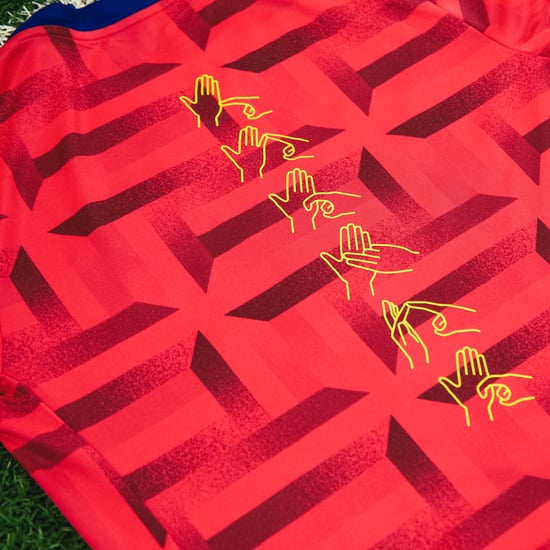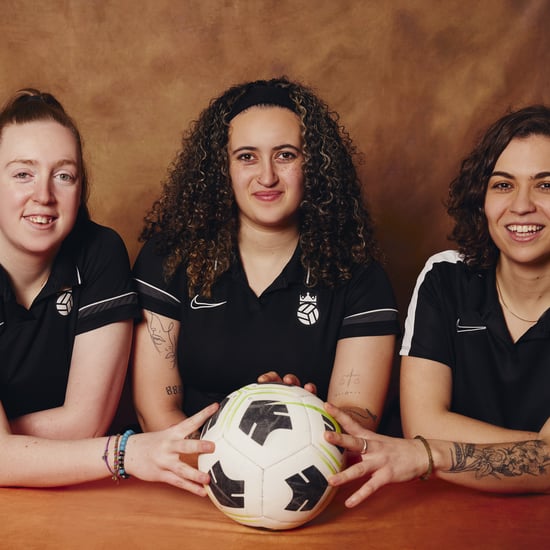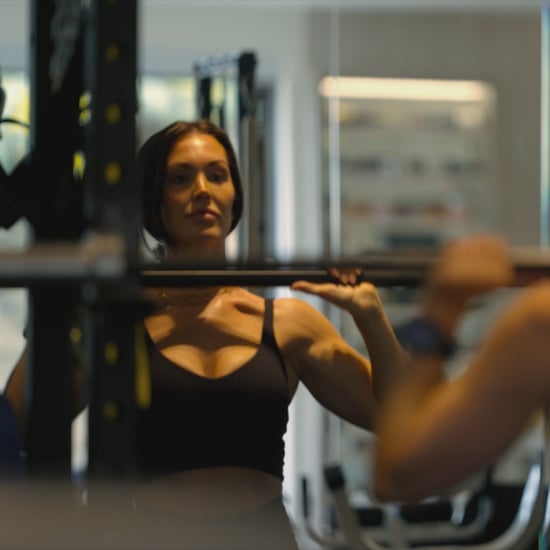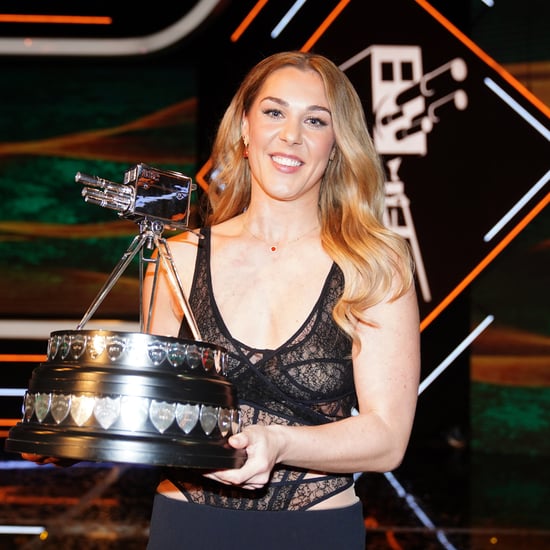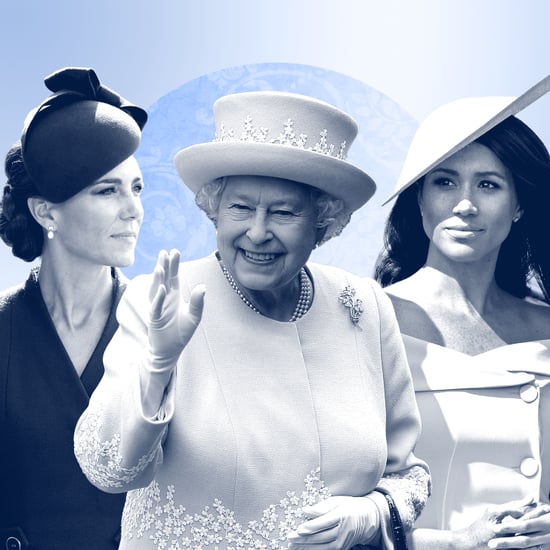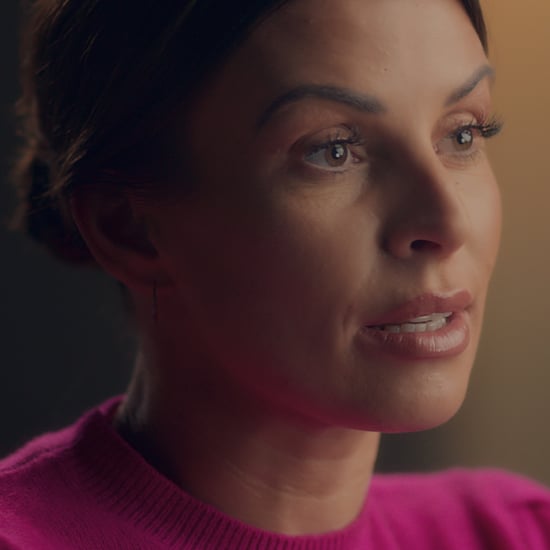How Much do the England Lionesses Get Paid?
As the Lionesses Prepare for the World Cup Final, Step Inside the Gender Football Pay Gap
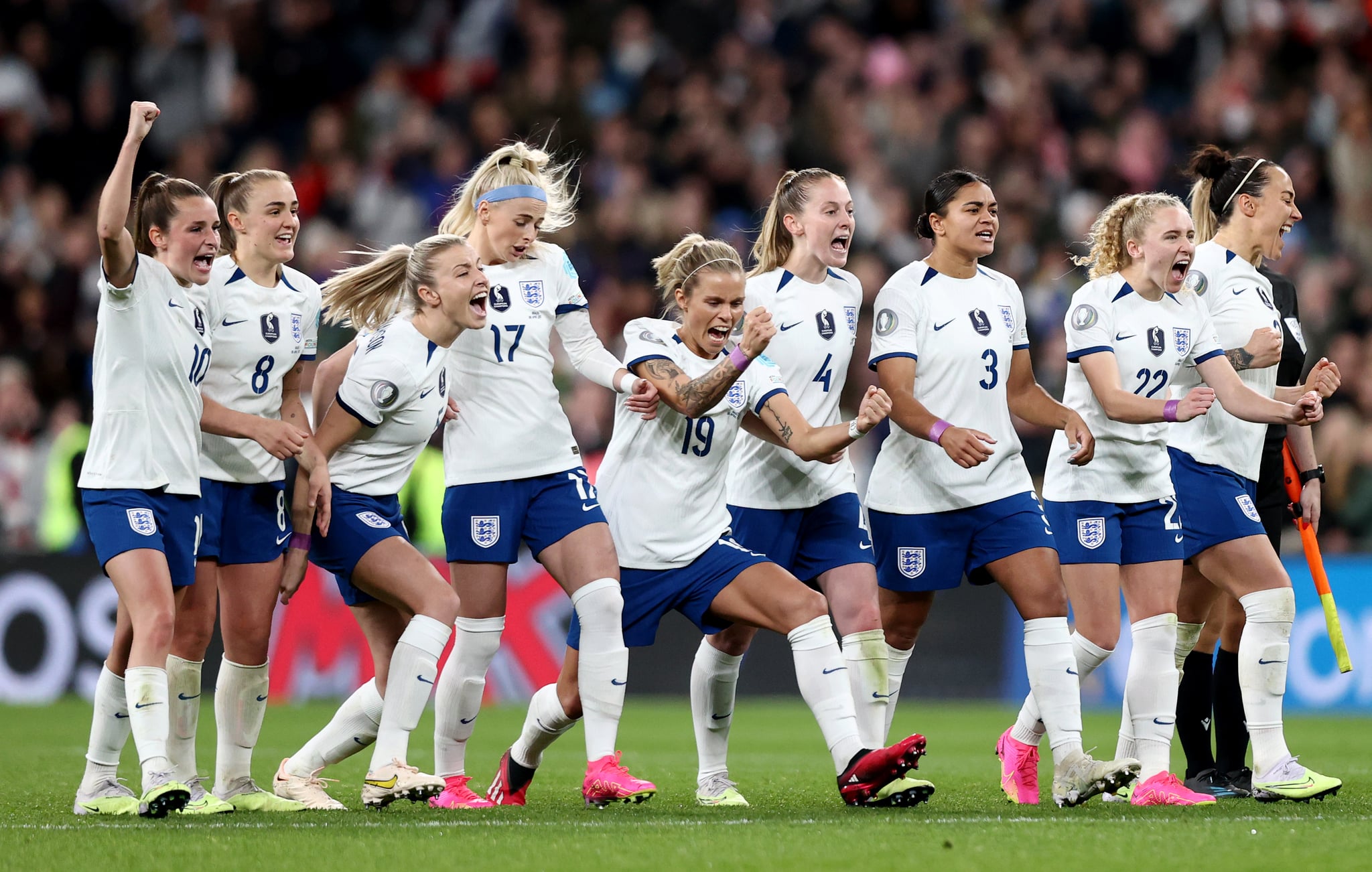
Football fever is upon us as the FIFA Women's World Cup culminates with the final on 20 August. The England team, also known as the Lionesses, will be hoping to follow their historic win at the 2022 Euros which saw football finally come home as they take on Spain in the final.
It's been a standout year for women's football, with record-breaking transfers, global viewing figures at an all-time high, and legions of new fans following the Euros win, which has seen several of the team go on to become household names and inspire the next generation. Despite the success of women's football, the game has notoriously been side-lined compared to the male version. This is most evident with the financial discrepancies of the male and female games. So just how much do women footballers get paid for playing? And how does it compare to the salaries of male footballers?
How Much Do the Lionesses Get Paid?
When it comes to international football, there is more pay equity than ever before. Following a campaign to gain equal pay for representing England in the beautiful game, the English Football Association (FA) made changes in January 2020. "The FA pays its women's players exactly the same as their male counterparts for representing England, both in terms of match fees and match bonuses. This parity has been in place since January 2020," a spokesperson said, according to The Independent. It's true, both male and female England players are paid the same: £2,000 per game. However, the discrepancies lie with prize money.
"Why shouldn't we ask for equal prize money and pay? We are already seeing this across tennis and cricket."
For the Women's Euros win, it was reported by The Sun that each player took home a £55,000 bonus. In comparison, the men's team received £300,000 each for reaching the final of the 2020 Euros. At the time, Women in Sport condemned the bonus gap: "Why shouldn't we ask for equal prize money and pay? We are already seeing this across tennis and cricket. This expresses and demonstrates the value that these teams bring to sport. Increased investment is vital across every level of women's sport. For girls to realise their aspirations they need a place to do this on their doorsteps. This should be the legacy of the Euros."
According to FIFA president Gianni Infantino, the World Cups will have equal prize money by 2026. While a step forward, it still leaves a hole in the current tournaments. When it comes to footballer salaries for individual clubs, that hole becomes a chasm.
The Women's Super League (WSL) is the highest league of women's football. Yet, according to past analysis by the BBC, the average salary for women players in the WSL is £47,000. While by no means a wage to be sniffed at, it is still hundreds of thousands behind their male counterparts. Take, for example, Lionesses captain and Arsenal defender Leah Williamson. According to the BBC, she is believed to be one of the highest-earning players, reportedly earning £200,000 last year. Not bad, eh? But then you compare her salary to England captain and Tottenham striker, Harry Kane, who is taking home the same amount — per WEEK — and it doesn't sound quite so fair, does it?
While small steps forward are being made — Arsenal football club announced in February they were increasing the pay of their women players by 30 percent — the BBC estimates that Premier League teams pay players roughly 100 times more than those playing in the WSL.
Why do Women Footballers Get Paid Less?
A quick recap: in 1921, the Football Association implemented a ban on women playing football, following its popularity that formed while men were away during WW1. Fast-forward 50 years, the ban is lifted in 1971. Add another 20 years and the first official Women's World Cup is held in China. The 1991 game was monumental, though it was 80 minutes instead of 90, included just 12 teams, and not even played on grass.
It still welcomed 510,000 fans, and this increased to 1.3 million at Canada's World Cup in 2015. Yet, compared to the 2.5 million that flocked to Italy in 1990, and 3.5 million to Brazil in 2014 for the men's World Cup, the audience is notably smaller. This popularity of the game has historically been used as the reason for women getting paid less than their male equivalents: less spectators means less ticket money and advertising. According to the Financial Times, Uefa said it expected to raise €60 million in sponsorship revenue for the 2022 Women's Euros, compared with €1.9 billion from the men's tounament.
But things are changing. In May, Arsenal W.F.C made history with a record-breaking 60,063 fans turning up to support their semi-final clash with Wolfsburg at the Emirates Stadium – just 200 fans short of a full stadium.
Viewing figures for women's matches have doubled since 2017 and viewing time increased by 131 percent last year. A whopping 37.6 million tuned in to watch the Euros final last summer, and now an £8 million-a-season deal has been signed with BBC and Sky, per The Guardian. Surely this will equate to higher sponsorship deals and, in turn, warrants a payrise?
How Much Do Women Footballers Get for Sponsorship Deals?
In Europe, Women's football only began securing standalone sponsors in 2018, compared with the decades of sponsorship behind the men. Now, following the Lionesses Euros victory and an increase in support, numerous sponsorship deals have started to surface.
Prior to recently signing a deal with Gucci (with the fee still under wraps), Leah Williamson was reported to be worth £4 million, the majority of that coming via deals with Pepsi and Nike, according to The Daily Mail. Lioness Lucy Bronze has signed with Pepsi, EE, and VISA, while Chloe Kelly was in talks with Landrover for a £2 million partnership.
While the England women's players are landing these deals on the back of such a historic tournament last summer, it's still a fraction of the men's deals. Currently, Man City player, Jack Grealish, is penning a reported £10 million-a-season deal with Puma, has signed a £10 million deal with Gucci, and a £1 million sponsorship with BoohooMAN.
The more brands that see the worth of the Lionesses team in line with the men's game, the better. Because there is a whole generation of Lionesses-in-waiting ready to fight for the football win and the pay to match it.
